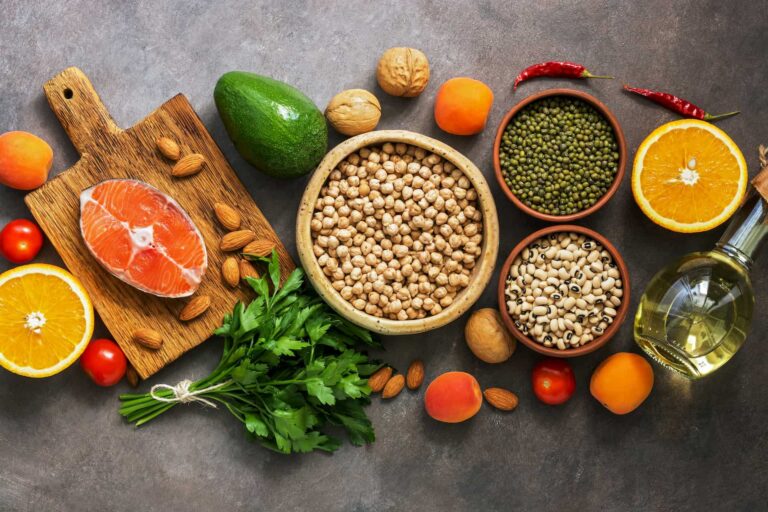
Iron-rich diets: How useful are they for maintaining normal iron levels?
People suffering from iron deficiency or increased bodily needs for this nutrient can […]
Which iron-rich plant-based foods can we choose from to consume this mineral in adequate amounts? And how should vegetables be cooked to preserve the amount of iron they contain? In this in-depth study, we discover how to taken in iron with plant-based foods.
Before we find out which iron-rich plant-based foods we can consume, we need to know that not all the iron consumed through diet is absorbed in the same way by the body. In food, in fact, iron is present in two different forms: haem iron and non-haemiron. Haem Iron derives from the haemoglobin and myoglobin present in blood and muscle respectively and is therefore the typical iron of animal-based food. Non-haem iron, which will be the subject of this study, is characteristic of iron-rich plant-based foods.
Iron-rich plant-based foods particularly include the following:
Non-haem iron contained in plant-based food is more difficult for the body to absorb than haem iron for two reasons:
Therefore, in addition to iron-rich plant-based foods, we should also include plant-based foods rich in vitamin C, such as kiwis – already mentioned above –pineapple, strawberries, oranges, tomatoes, peppers and berries.
In general, in order to preserve the nutrients present in plant-based foods, it is important to consume raw or steamed vegetables. Green leafy vegetables, in particular, should be consumed raw in order to maximise the absorption of essential nutrients useful for combating any iron deficiency (iron itself, folic acid, vitamin C, B vitamins).
It is also important to avoid taking iron-rich plant-based foods in combination with foods that contain significant amounts of phytate (grains), oxalates (certain vegetables, such as spinach), tannins (tea, coffee, wine and chocolate) and calcium (milk, cheese, yoghurt and other dairy products). Phytates, oxalates, tannins and calcium are the most common inhibitors of non-haem iron absorption in the intestinal.
Under normal health conditions, a varied and balanced diet is sufficient to maintain normal body iron levels. However, certain physiological conditions (menstrual cycle, pregnancy, breastfeeding, growth in children) or pathological conditions (diseases that decrease iron absorption) may lead to conditions of deficiency or increased bodily iron requirements.
To combat any iron deficiency or in the event of increased need of this nutrient, a food supplement of the SiderAL® range containing Sucrosomial® Iron can be useful. Sucrosomial® Iron, compared with the traditional iron present in other supplements, is more easily absorbed by the intestine, thus minimising the most common side effects (sense of heaviness in the stomach, discolouration of teeth and oral mucosa, gastrointestinal irritation) and is also a good iron from a taste point of view, because there is no metallic taste typical of iron administered orally.
The technology that guarantees the best absorption of Iron.
Find out moreRegistered Office Via Campodavela, 1 56122 Pisa
Tel. +39 050 7846500
Fax +39 050 7846524
C.F. / P.Iva / Reg. Impr. 01679440501
Cap.Soc. € 1.123.097,70
I.V. | REA 146259
pharmanutra.it